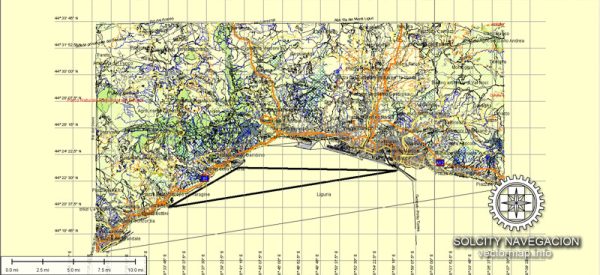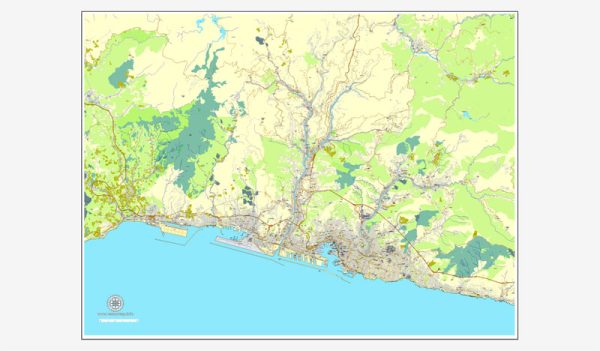Genoa, Italy, is a city known for its historical significance and its complex network of water resources and bridges. Here’s some information about the city’s water resources and bridges:
- Geography and Water Resources:
- Genoa is located on the Italian Riviera in the region of Liguria. It is a coastal city, with the Ligurian Sea to the south.
- The city is surrounded by hills and mountains, which means it is prone to heavy rainfall, especially in the winter, and occasional flooding.
- The Apennine Mountains are nearby, and several rivers flow through the city and its surroundings, including the Bisagno, Polcevera, and Secca.
- Bridges:
- Genoa is known for its numerous bridges, both old and modern, due to its hilly terrain and waterways. Some of the notable bridges in Genoa include:
- Ponte Morandi: This was a famous bridge that connected the neighborhoods of Sampierdarena and Cornigliano. Unfortunately, it collapsed in 2018, leading to a significant loss of life. It has since been replaced with a new bridge, the Genoa San Giorgio Bridge, designed by architect Renzo Piano.
- Ponte dei Mille: This bridge is a vital connection between the city center and the western part of the city. It’s named after Giuseppe Garibaldi’s “Expedition of the Thousand” during the unification of Italy.
- Ponte Spinola: Located in the city center, this historic bridge is known for its elegant architecture.
- Ponte Federico Fellini: This modern bridge is named after the famous film director Federico Fellini.
- Ponte Parodi: This bridge is located in the Old Town of Genoa and spans the Bisagno River.
- Ponte Monumentale: This is a monumental bridge spanning the Polcevera River, and it connects the city with the western industrial areas.
- Genoa is known for its numerous bridges, both old and modern, due to its hilly terrain and waterways. Some of the notable bridges in Genoa include:
- Port of Genoa:
- The city’s port is one of the largest in the Mediterranean and plays a crucial role in the city’s economy and trade. It is a major entry point for goods into Italy.
- The port has various piers and docks, as well as navigational infrastructure, including lighthouses and breakwaters.
- Navigable Waterways:
- Genoa has historically been a significant maritime city, and its waterways have been used for transportation and trade for centuries.
- The city has a system of canals and marinas, which are used for both recreational and commercial purposes.
- Water Management:
- Given the hilly terrain and the risk of flooding, Genoa has a system of water management, including drainage and flood control infrastructure.
The combination of historical bridges, a bustling port, and a complex system of water resources adds to the unique character of Genoa and its importance as a maritime city.



 Author: Kirill Shrayber, Ph.D.
Author: Kirill Shrayber, Ph.D.